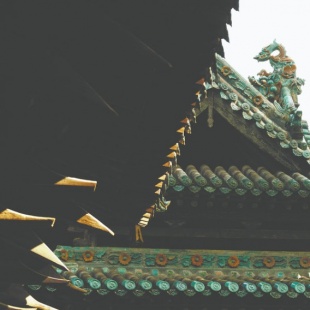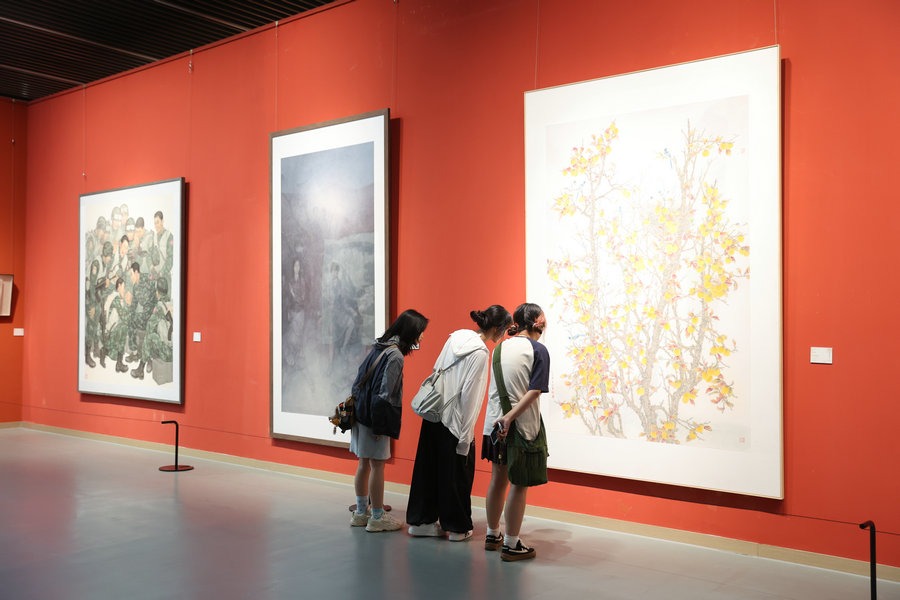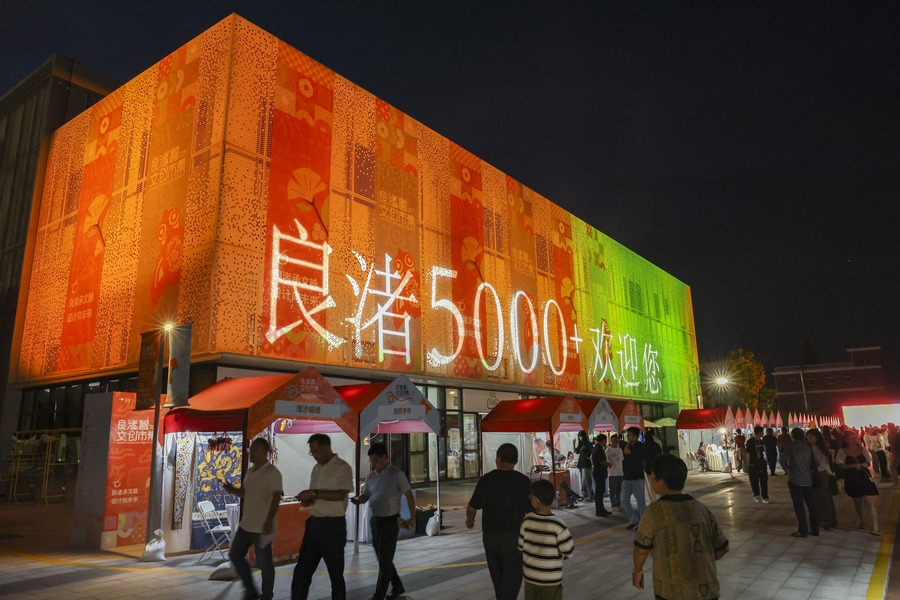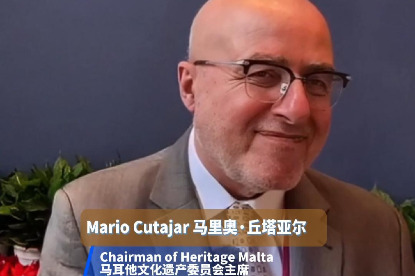Ancient heartbeat of a modern nation
Captivating architecture and stunning craftsmanship reveal Shanxi as a window into China's enduring soul, Michael Rhys Card reports in Taiyuan.

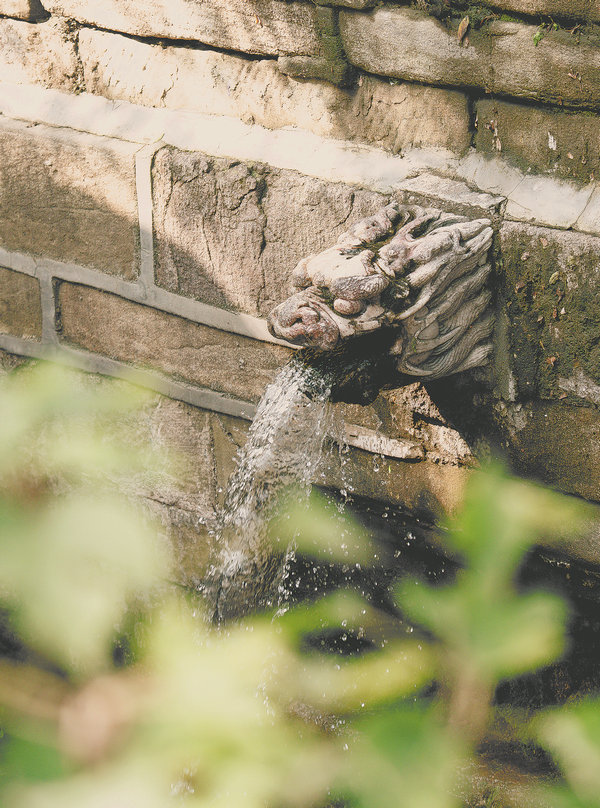
What struck me most was how restoration here differs from the capital. In Beijing, palaces gleam with renewed paint and gold leaf; every inch restored to imperial perfection. In Shanxi, age is allowed to show. Cracks in the beams, fading murals, weathered tiles — all remain visible, reminders that endurance is a form of beauty.
Pingyao's preservation feels less like reconstruction and more like stewardship. The passage of time becomes part of the story.
Artistry of devotion
Across the province, the artistry of Shanxi's temples testifies to the sophistication of its early builders.
At Yongle Palace, walls burst with Yuan Dynasty (1271-1368) murals — vast, fluid depictions of Taoist deities that move with an almost cinematic energy. The colors, though centuries old, retain a pulse of life, tracing the arc of faith and imagination across plaster.
At Shuanglin Temple, near Pingyao, more than 2,000 clay statues fill the halls, each one hand-molded, expressive and utterly human. Their poses, gestures and facial expressions convey not distant divinity but empathy.


